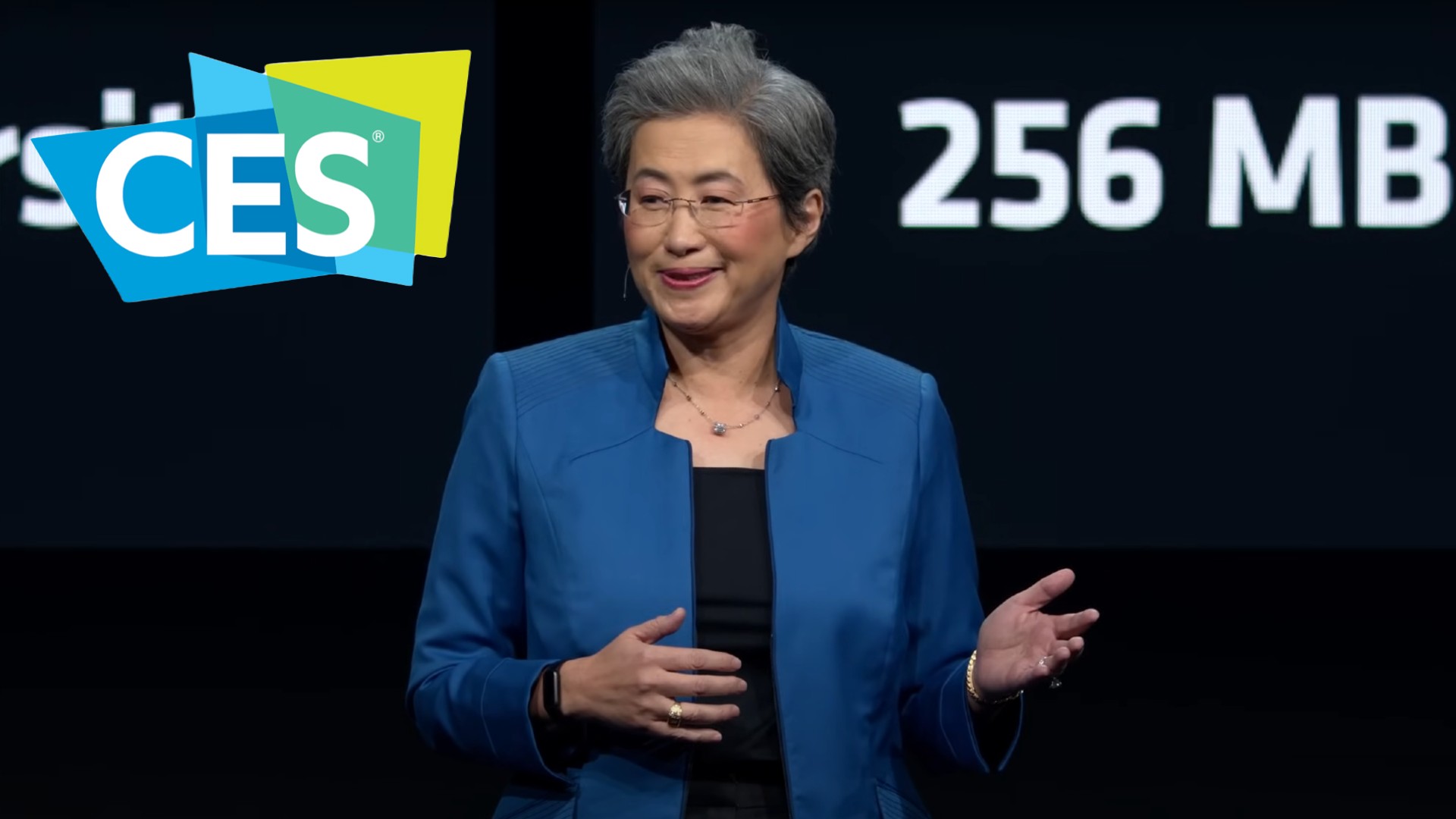Introduction:
The AI hardware industry is witnessing a seismic shift with the emergence of the AMD MI300X, a high-performance AI accelerator that promises to revolutionize the way AI workloads are processed and managed.
In recent years, the demand for powerful AI hardware solutions has surged, driven by the increasing adoption of AI technologies across diverse industries.
In response to this growing demand, AMD has unveiled the MI300X, a formidable competitor to Nvidia’s dominant position in the AI hardware market.
Follow us on Linkedin for everything around Semiconductors & AI
Survey Insights:
Jeff Tatarchuk of TensorWave conducted a survey among 82 engineers and AI professionals.
The survey unveiled preferences and sentiments towards AI hardware solutions. Around 50% of respondents showed interest in adopting the AMD MI300X.
Factors like cost-effectiveness and availability drove their decision. The survey provides valuable insights into industry preferences for AI hardware.
This shift in sentiment underscores the growing recognition of AMD as a formidable player in the AI hardware space, challenging the established dominance of Nvidia.
Read More:Nvidia’s H100 AI GPUs Projected to Surpass Energy Consumption of Georgia and Costa Rica – techovedas
Key Features of AMD MI300X:
The AMD MI300X features the groundbreaking CDNA 3 architecture, showcasing AMD’s dedication to innovation. It utilizes a combination of 5nm and 6nm process technologies for enhanced performance.
With a remarkable transistor count of up to 153 billion, the MI300X achieves unmatched computational power. This transistor count enables superior efficiency, contributing to the chip’s overall performance prowess.
One of its standout features is the substantial increase in HBM3 memory capacity compared to its predecessor, the MI250X.
With up to 192GB of cutting-edge HBM3 memory, the MI300X offers unrivaled performance and scalability, making it an ideal choice for AI practitioners seeking to tackle complex workloads with ease.
Performance Comparison:
In rigorous performance comparisons with Nvidia’s flagship AI accelerator, the H100. The AMD MI300X has emerged as a clear frontrunner across various key metrics.
Superior memory capacity and bandwidth of the MI300X facilitate faster data processing. Enhanced FP8 and FP16 TFLOPS contribute to accelerated AI model training.
This superior performance enhances productivity and fosters innovation.AI practitioners can explore new frontiers in research and development.
The MI300X sets a new standard for AI hardware excellence. AMD emerges as a leader in the field of AI hardware.
Challenges to Competitors:
The introduction of the AMD MI300X presents a significant challenge to competitors, particularly Nvidia, which has long dominated the AI hardware market.
Nvidia’s recent struggles with supply chain disruptions and order backlogs have created an opportune moment for AMD to capitalize on and gain market share.
With its compelling combination of performance, affordability, and availability, the MI300X has disrupted the status quo and redefined industry standards.
Recognition of AMD’s AI accelerators’ value proposition prompts organizational adoption. AMD’s presence reshapes the competitive landscape in AI hardware.
AMD solidifies its position as a formidable contender in the AI hardware market. The transformative impact of AMD’s offerings reverberates across the industry. AMD’s emergence signals a paradigm shift in the dynamics of AI hardware competition.
Read More: What are the Top 10 Companies in Electric Vehicle Market – techovedas
Implications and Future Outlook:
The growing adoption of the AMD MI300X signals a new era in the AI hardware landscape, characterized by increased competition, innovation, and choice.
As AMD continues pushing the boundaries of AI hardware technology, the industry anticipates further advancements and breakthroughs.
The MI300X positions AMD to compete strongly in the AI hardware market.AMD’s challenge to Nvidia’s dominance promises industry progress.
Expectations point to intensified rivalry between AMD and NVidia. Consumers stand to gain from advancements in AI hardware solutions.
Subsequent sections will detail MI300X specifications and market implications.Analysis will explore implications for both AMD and Nvidia.\
Stay tuned for an in-depth analysis of the game-changing impact of the AMD MI300X in the AI hardware industry.
Read More:Why Nvidia Thinks Free Isn’t Cheap Enough – techovedas
Conclusion
In conclusion, the rise of the AMD MI300X marks a pivotal moment in the AI hardware landscape, challenging Nvidia’s dominance and ushering in a new era of competition and innovation.
With its impressive performance, affordability, and scalability, the MI300X has positioned AMD as a formidable contender in the AI hardware market, promising a future of unprecedented advancements and opportunities.




